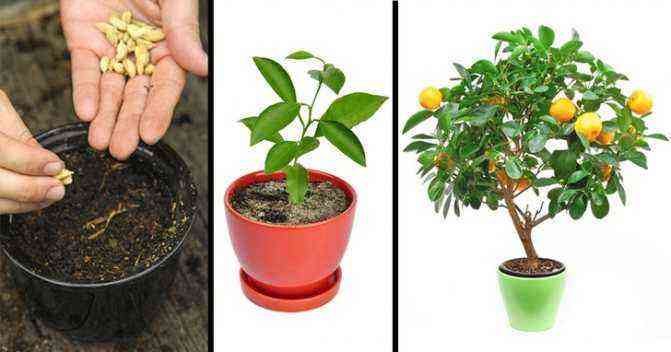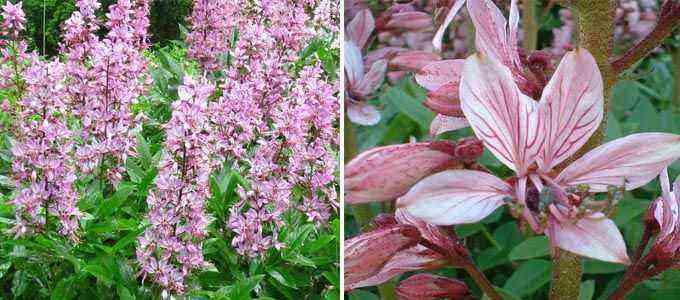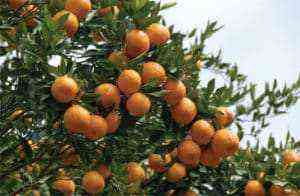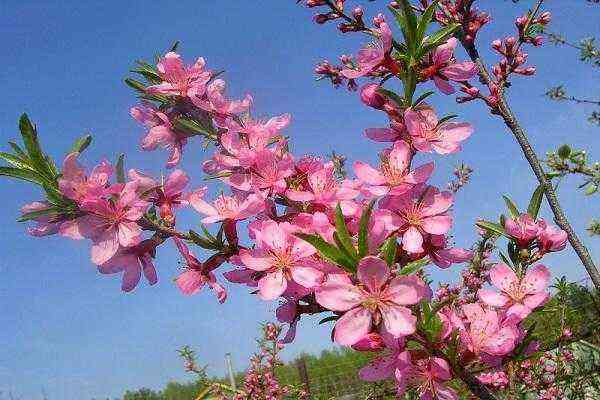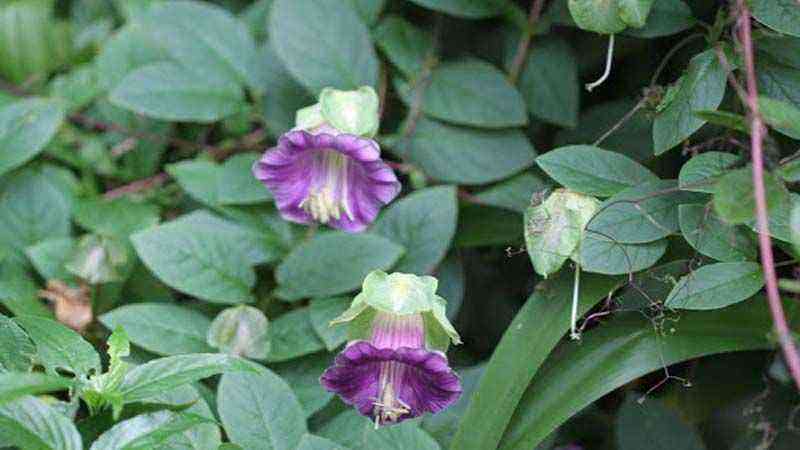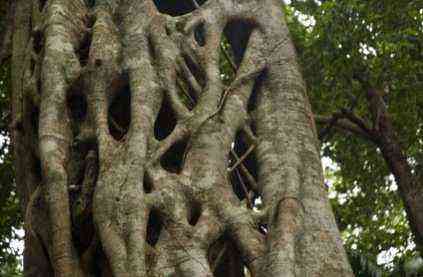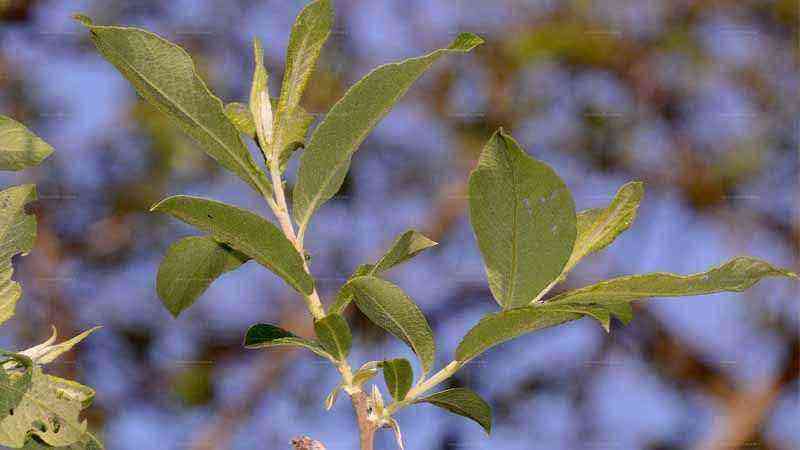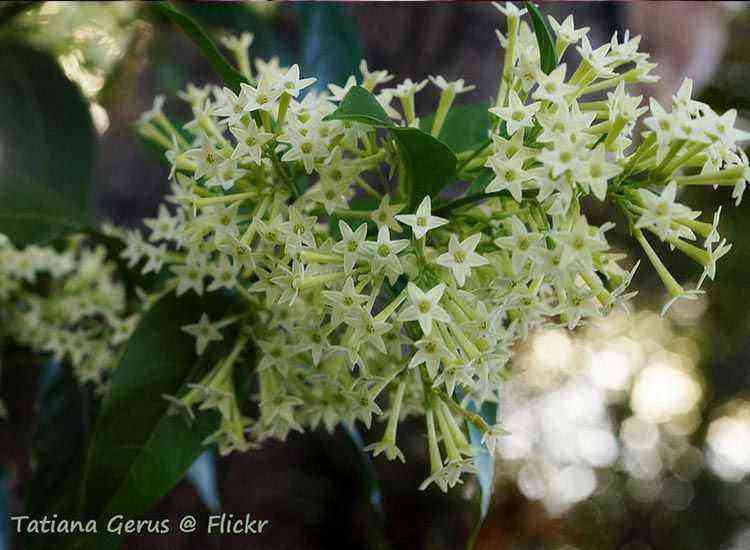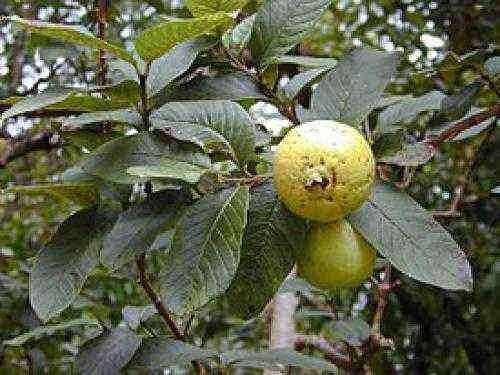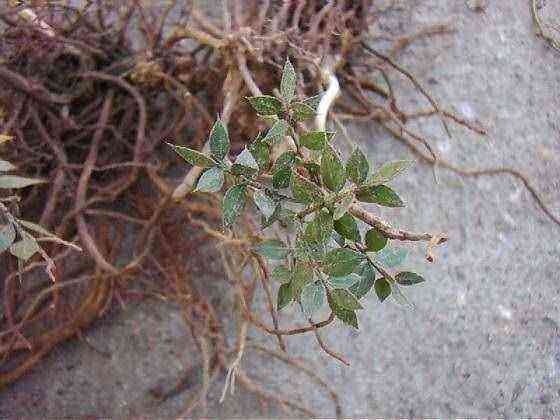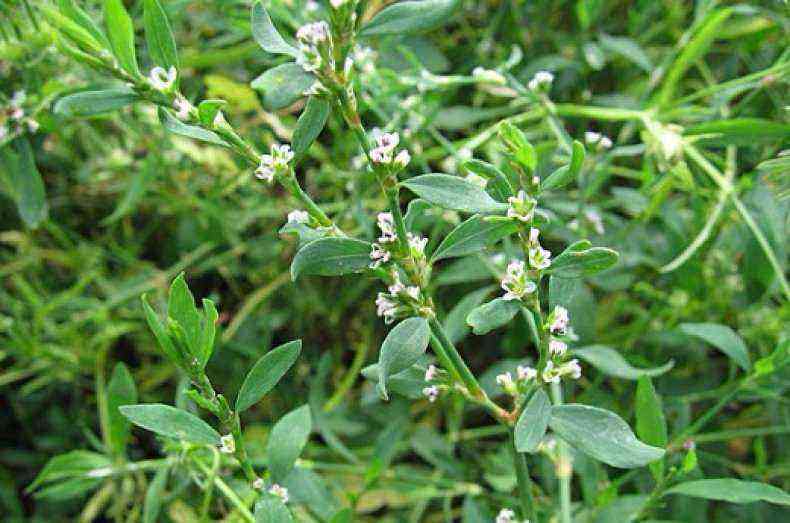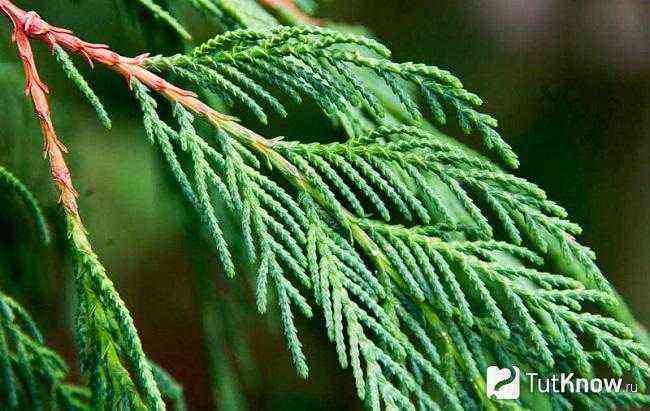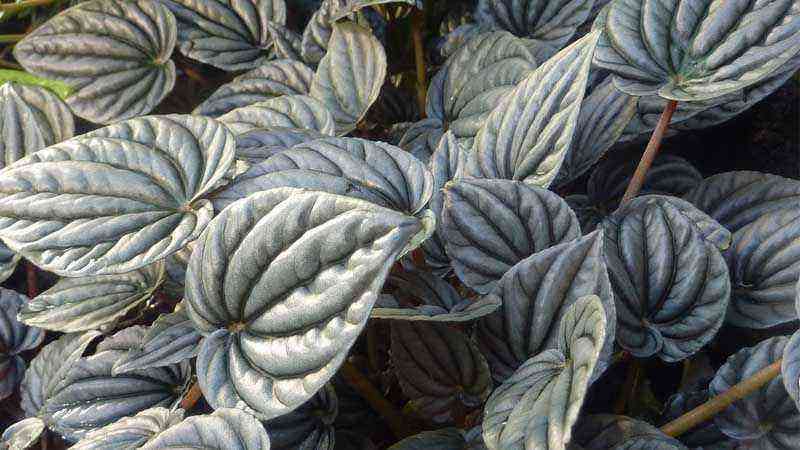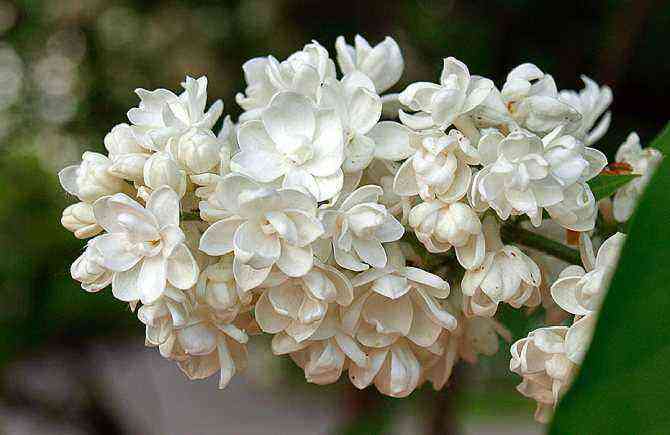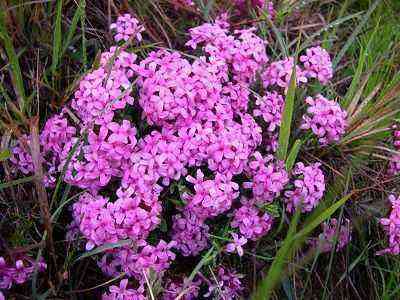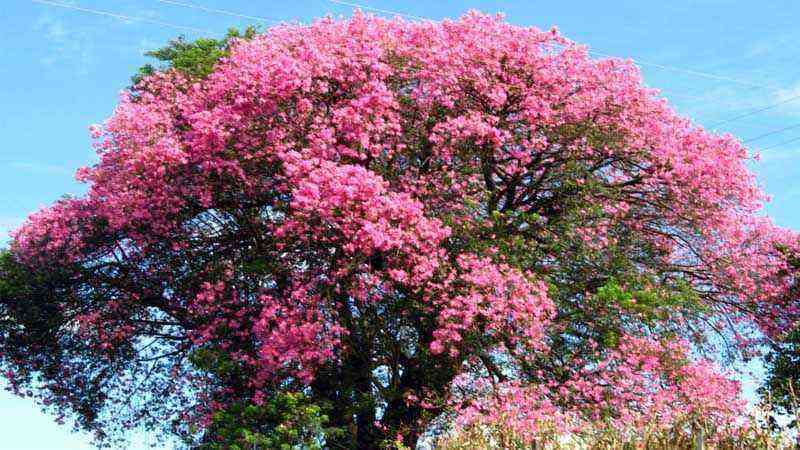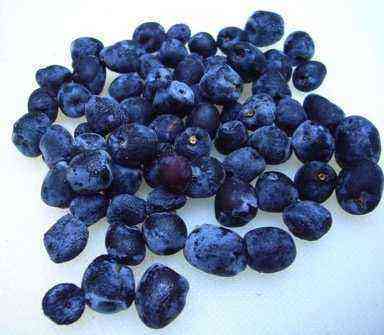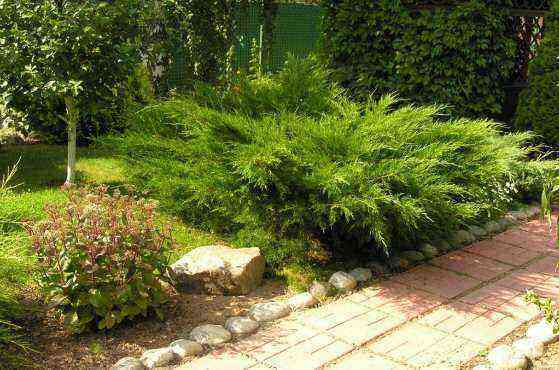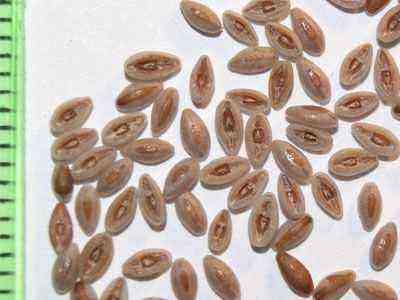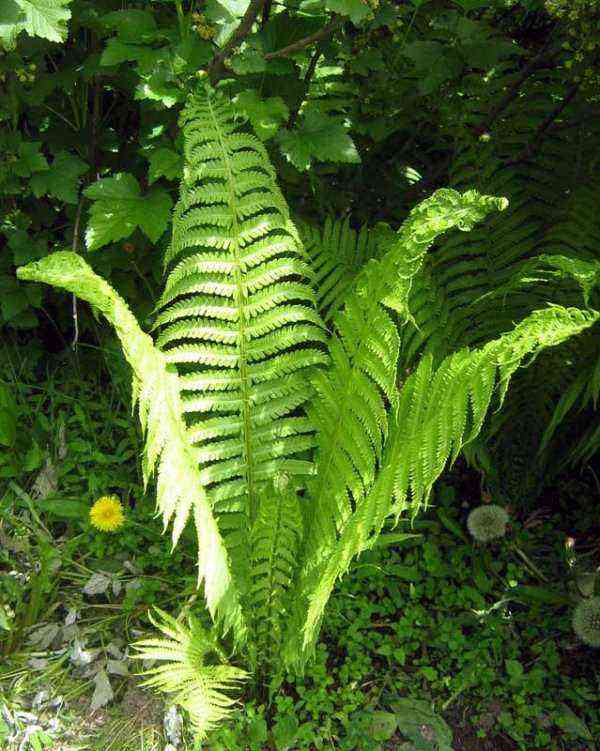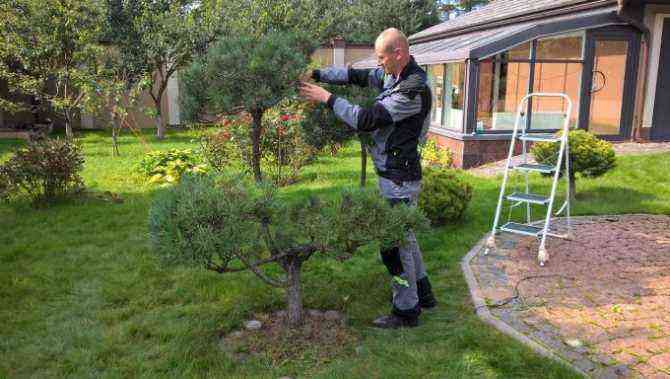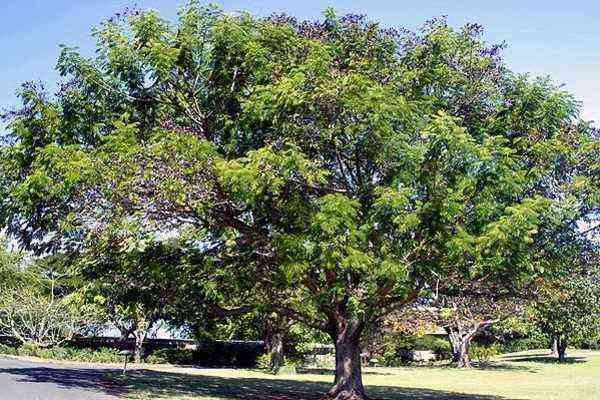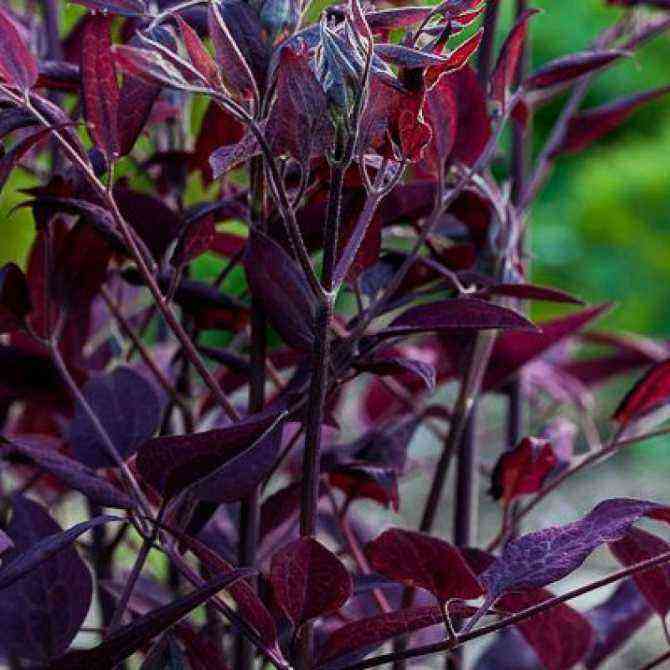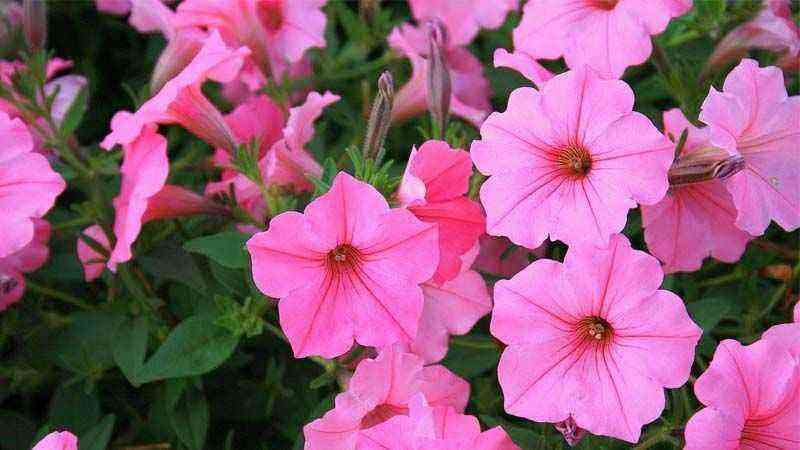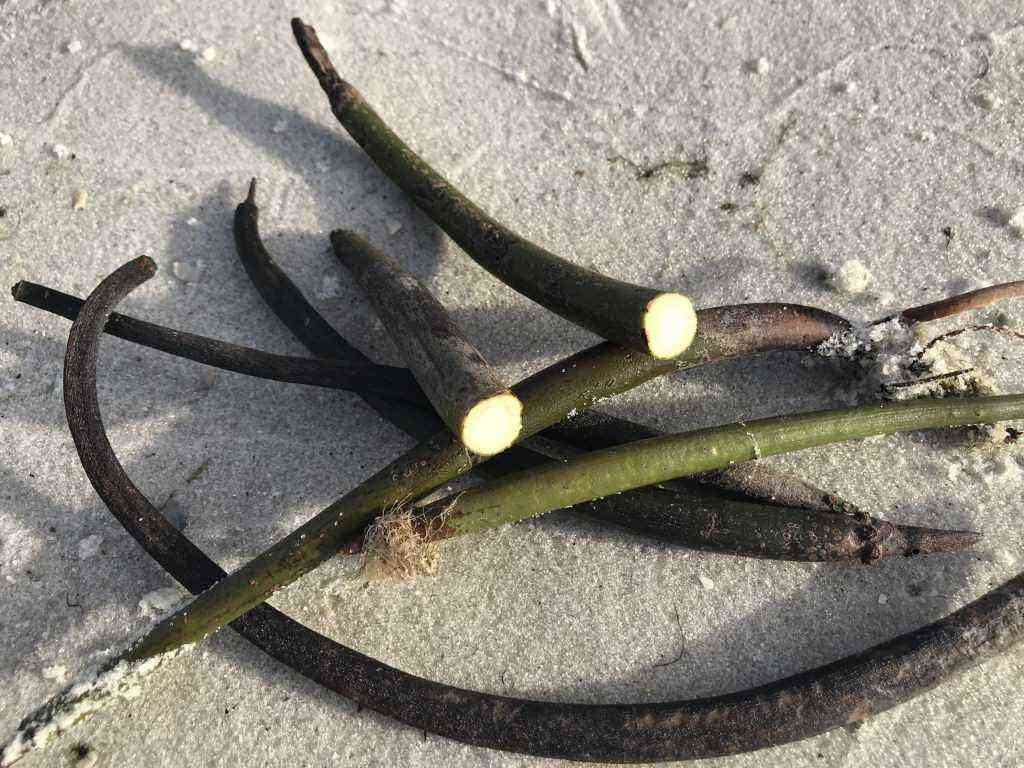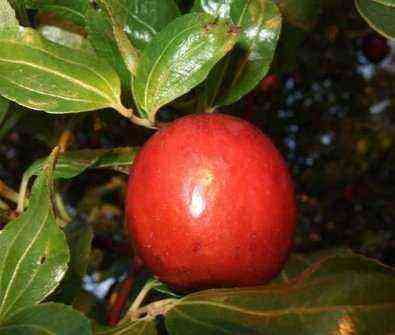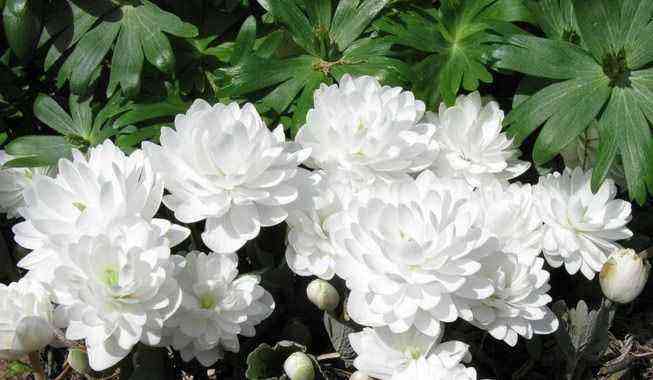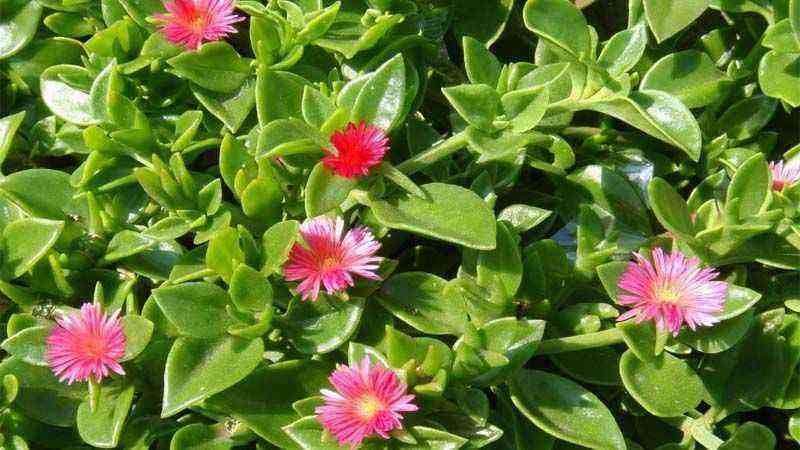Today we present you a plant that we can find in almost any nursery in Spain or flower shop. It is known as alder or Alyssum. Sometimes you can even see alysum written with an “S” but the correct thing would be with two, since we are alluding to the genus of the plant. In any case, whatever the name, we are facing a very delicate-looking plant, although we must know that it is quite hard as we will see. Beauty is not synonymous with fragility and delicacy in this case.
The genus Alyssum… or Lobularia? They were?
You can find that it is also known as Lobularia maritima. So where do we meet? In fact all the same. In taxonomic orders there are also variations. There are species included within a very large genus that at any given time, the scientific community decides to separate and what previously belonged to the genus Alyssum, is now a genus of its own and is called Lobularia. They are morphologically almost identical genera but someone decided that they had enough differences to separate them. In any case, from a common language point of view, it is quite possible that more will continue to be known by Alyssum why Lobularia.
EL coastal Alyssus
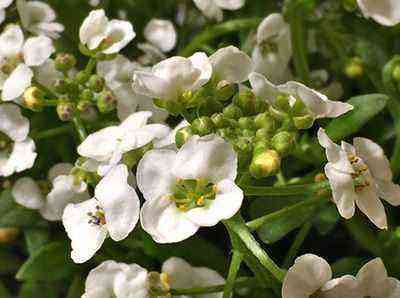
 It is typical of the Mediterranean basin and is its primary habitat, although it is already widespread throughout the world in temperate climates. Its distribution is curious since it can be found in coastal areas up to typical mountain mid-altitudes. A server, frequents the mountain and there I have one without problems … (well, some yes, I’ll tell you later).
It is typical of the Mediterranean basin and is its primary habitat, although it is already widespread throughout the world in temperate climates. Its distribution is curious since it can be found in coastal areas up to typical mountain mid-altitudes. A server, frequents the mountain and there I have one without problems … (well, some yes, I’ll tell you later).
It is a garden plant with great floral potential. The Alyssum more common flowers grouped in clusters of a nuclear white and of such abundance that they can even eat the green of the foliage completely. The flowers are small. Although the photos are macros of the same, they do not reach practically 1 cm diameter per flower.
Alyssum bloom
It is one of the most prominent attractions of this flower and the most powerful reason for its fame. For the amount and for the duration of the same. In typically Mediterranean climates, it is able to maintain an almost continuous flowering practically all year round. It is an aromatic flower and if in the garden you have a large floral massif of Alyssum, we will get some very aromatic sweet aromas. In fact it is also called Alyssum candy. In colder areas it is difficult for this to happen since it does not support frost too well.
Caring for the Alyssum
Temperatures and sun
It supports drought very well and needs a lot of sun doses. Hold in full sun or with some semi-shade. Of course, in the summer period it needs a little water support because if not, the flowering is greatly diminished. The photo that I show you below is of an Alyssum that has lacked watering for 20 days in the middle of July, in full sun and with maximum temperatures of more than 30ºC on some days. As you can see, there is no flower, but the green bud is still there. And I assure you that in another two weeks it is like new with regular waterings.
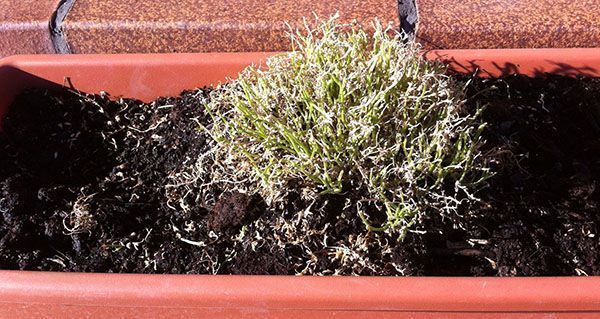

It is a very hard plant with heat and drought (it lives but does not bloom as you have just seen). However, during the winter, they are not able to withstand frost in cold areas. They can withstand temperatures close to zero degrees as long as they are not long lasting. That is, in mountain climate, it is difficult have an Alyssum all year round.
Soil and irrigation
As we said before, moderate risks will make the Alyssum flourish with great force. During the summer, if we want to maintain all its splendor, it is advisable to maintain a daily watering or every two days, it depends on what you press. The soil can be one of the most limiting factors. Even though it’s wild prefers calcareous soils, with a certain sandy fraction of good drainage. Naturally, we will not see Alyssum in wooded areas, that’s for sure. But on bare sandy soils, sunny, not very rich in organic matter and limestone, we will find it on more than one occasion.
